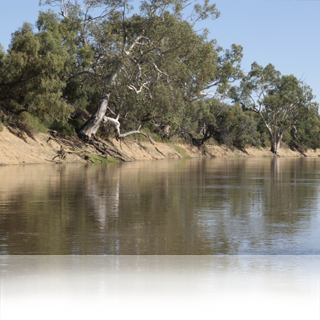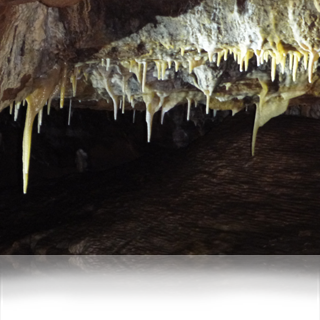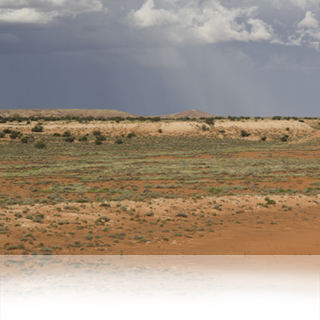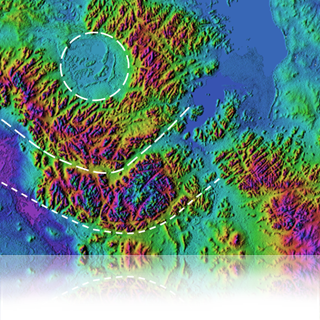
- Home
- Geomorphology
Geomorphology




Well-functioning landscapes underpin healthy ecosystems, sustainable productivity, environmentally sound infrastructure design, high-amenity land use. Process-based geomorphology allows us to determine landform behaviours and trajectories of change. We supply the client with information targeted to their operational parameters, with outputs ranging from advice for landholders or NRM groups to peer-reviewed publications to departmental or industry reports. We can operate in all kinds of landscape but have particular expertise in the Australian rangelands, drylands rivers, caves and karst, and catchment-scale spatial studies. Our methodology integrates field studies with remotely-acquired information. We are specialists in remote-area field work. Click here for some of our projects.
Services
Drylands drainage and waterway analysis
- Documentation and mapping of river reach types within a catchment context
- Identify key fluvial processes focussing on the locally unique or non-standard
- With client input, list management activities that occur in the fluvial corridor or catchment hinterland
- Interdisciplinary work (with ecologists, for river health assessment or analysis of physical habitat; with hydrologists, matching flow regime to landform maintenance)
- Identify values, strengths, vulnerabilities, and client-specific issues
- Report as text, digital dataset, and presentations
Assessment of karst/cave landscapes and hydrogeology
- Documentation and mapping of surface and subsurface karst features including specialised ecosystems and/or habitats
- Documentation and mapping of surface and subsurface karst waterways and flow patterns
- Identify key landscape processes, including sinkhole assessment and subsurface void risk
- With client input, list management activities that occur in the karst area
- Identify values, strengths, vulnerabilities, and client-specific issues
- Report as text, digital dataset, and presentations
Landscape analysis
- Documentation and mapping of landform suites
- Identify key landscape processes, including neotectonic influence and human land-use
- With client input, list management activities that occur in a landscape context
- Interdisciplinary work (with archaeologists, for cultural clearances; with ecologists, for range condition assessment or ecosystem analysis)
- Identify values, strengths, vulnerabilities, and client-specific issues
- Report as text, digital dataset, and presentations
Regional land and catchment spatial investigation
- Identify and delineate land types
- Integrate with spatial datasets and existing data
- Identify broadscale (catchment or regional) physical parameters that will govern site-specific landscape processes
- With client input, identify stakeholder groups operating within the study area
- Identify values, strengths, vulnerabilities, and client-specific issues
- Report as text, digital dataset, and presentations
Geoscience communications and capacity-building
- Design curriculum, prepare content and present information
- Signage and fact sheets for tourism
- Science journalism for audio or video documentaries
- Geology/geomorphology courses for interest groups or specialist audiences
- Tertiary-level contract lecturing
- Geology And Landscapes For Travellers courses